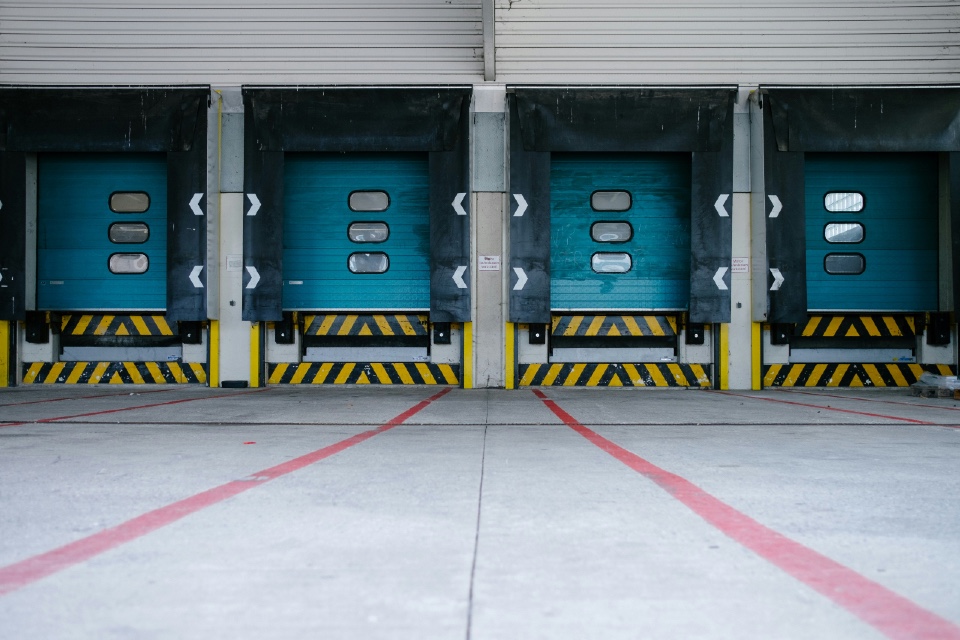Last-mile distribution remains a critical and complex component of the supply chain, as consumer expectations for faster and more flexible deliveries continue to rise. With the rapid growth of e-commerce and the increasing need for quick turnaround times, businesses must innovate to streamline their last-mile strategies. From micro-fulfilment centers to autonomous delivery vehicles and urban logistics hubs, new technologies and strategies are revolutionising the final leg of the delivery process…
Micro-Fulfilment Centers: Bringing Inventory Closer to Customers
One of the most promising strategies is the development of micro-fulfilment centers. These small-scale, automated warehouses are strategically located in urban areas, enabling retailers to store a limited inventory closer to their customers. By reducing the distance between the product and the consumer, micro-fulfilment centers can dramatically cut down delivery times. They also offer increased flexibility, allowing businesses to quickly adjust stock based on local demand. Moreover, automation within these centres minimizes labour costs and errors, further enhancing efficiency.
Autonomous Delivery Vehicles: The Future of Contactless Deliveries
Another transformative trend is the rise of autonomous delivery vehicles. Self-driving vans, drones, and robots are poised to reshape last-mile logistics by reducing the reliance on human drivers. These vehicles are equipped with advanced navigation systems and AI-powered sensors, ensuring safe and efficient operation in urban environments. Autonomous vehicles offer several advantages, including lower operational costs, consistent performance, and the ability to operate during off-peak hours, thereby increasing delivery capacity. Additionally, contactless delivery enhances safety and convenience, particularly in densely populated areas.
Urban Logistics Hubs: Centralising Distribution for Enhanced Efficiency
Urban logistics hubs are emerging as key nodes in the modern delivery network. These hubs act as centralised points where goods from regional warehouses are sorted and distributed to their final destinations within a city. By consolidating deliveries in urban areas, logistics hubs help mitigate issues related to traffic congestion and delivery delays. They also facilitate a smoother handover between different delivery modes, such as transferring goods from a long-haul truck to a local autonomous vehicle. This integration results in reduced transit times and improved delivery reliability.
Overcoming Challenges and Looking Forward
Despite these promising developments, several challenges remain. Urban congestion, regulatory hurdles, and the initial capital investment for advanced technologies can pose significant obstacles. However, collaboration between technology providers, local governments, and retailers is driving progress. Innovative partnerships and public-private initiatives are already paving the way for widespread adoption of these solutions.
And next…
As consumer expectations evolve, the race to optimize last-mile distribution will continue to intensify. By investing in micro-fulfilment centers, autonomous delivery vehicles, and urban logistics hubs, businesses can achieve faster, more flexible, and cost-effective delivery solutions. Embracing these innovations not only meets growing customer demands but also strengthens the resilience and sustainability of the supply chain in an increasingly competitive market.
Are you searching for Distribution solutions for your organisation? The Total Supply Chain Summit can help!
Photo by Handy Wicaksono on Unsplash







